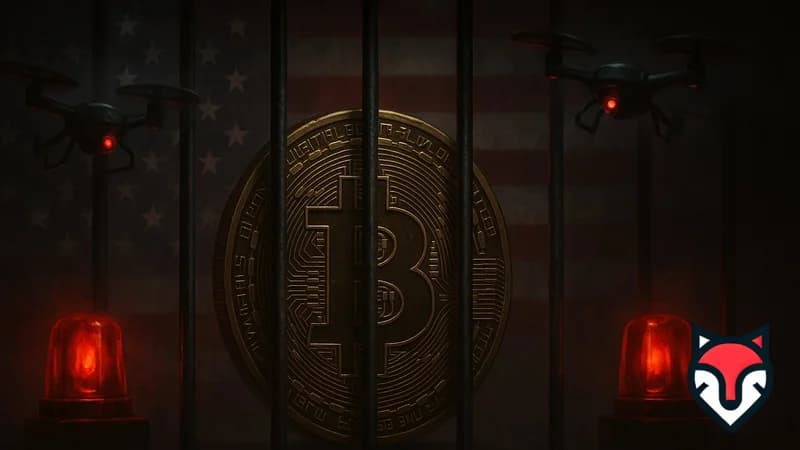Suggested
News
Last updated: Saturday, March 22, 2025

Blockchain Governance - Decentralized Mechanisms in Large-Scale Projects
By March 22, 2025, blockchain governance has become the backbone of large-scale decentralized projects, steering networks like Ethereum, Polkadot, and DAOs without centralized control. These mechanisms distribute power among stakeholders—miners, developers, and token holders—shaping the future of Web3. Authored by cryptostats.xyz, this article unpacks decentralized governance in major blockchain ecosystems, its strengths, and ongoing challenges.
What is Decentralized Blockchain Governance?
Governance in blockchain is how decisions—like protocol upgrades or fund allocation—are made. Unlike traditional hierarchies, decentralized governance spreads authority across a network via on-chain (code-based voting) or off-chain (community consensus) methods. Bitcoin’s off-chain model split into Bitcoin Cash over block size debates, while Tezos uses on-chain votes for seamless upgrades (Web ID: 9).
Mechanisms in Large-Scale Projects
Large projects deploy varied governance tools:
- DAOs: Aragon and DAOstack run on token-weighted voting—Aragon managed $1B in assets by 2024 (Web ID: 10).
- On-Chain Voting: Polkadot’s token holders vote on runtime upgrades, hitting 500+ TPS (Web ID: 12).
- Off-Chain Consensus: Ethereum’s EIPs (e.g., EIP-4844) rely on developer forums, balancing input but risking delays.

Latest Trends in 2025
Governance evolves with scale:
- Hybrid Models: Ethereum blends rollups with EIP discussions; Vitalik Buterin (Jan 2025, Cointelegraph) pushes retroactive funding for devs (Web ID: 12).
- Governance Tokens: DeFi’s UNI and COMP tokens hit $5B in voting power, per Messari (Feb 2025).
- DAO Growth: Kaleido reports 300+ enterprise DAOs, managing supply chains and CBDCs (Web ID: 10).
Conclusion
Decentralized governance in 2025 powers large blockchain projects with transparency and inclusion, from Polkadot’s upgrades to DAO-run ecosystems. Yet, voter apathy and token concentration threaten fairness—20% of holders control 80% of votes in some DAOs (Web ID: 3). The future lies in refining these mechanisms for true equity. Follow cryptostats.xyz for more Web3 insights!
How do you see governance evolving? Share below!
Suggested Articles
For You












